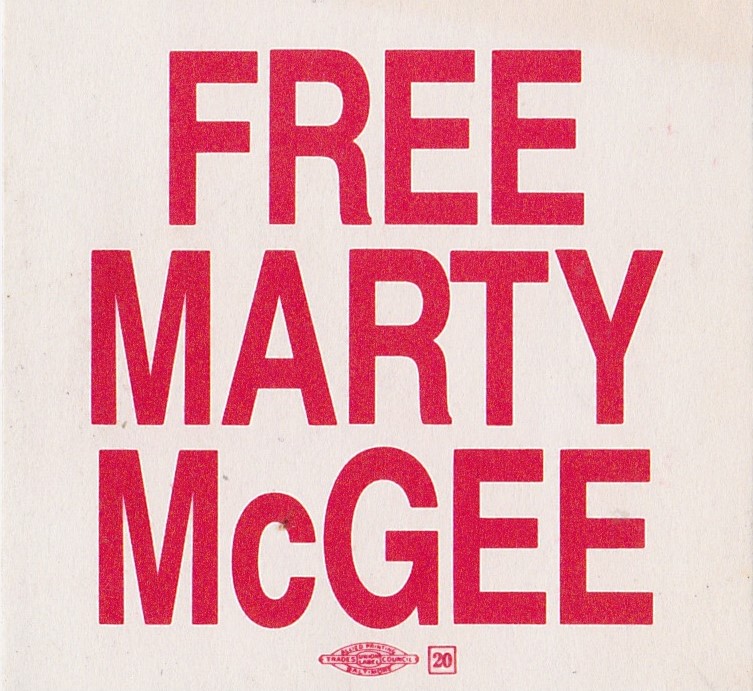It happens all the time: a supervisor suddenly approaches one of your best organizing committee members, screams a lot of false accusations about bad work, bad attendance, or bad attitude at them, and then tells them that they are fired.
When a co-worker in an organizing campaign gets fired, it will either wreck your campaign or rev it up, so get ready to rumble. Workplace retaliation can have a chilling effect on an organizing campaign, so that’s why it’s important to be prepared ahead of time. It’s essential that the union define the issue and get its issue out before the boss can chill your campaign.
It is such a common occurrence in every organizing campaign that we must seize it as an opportunity to build our union, not wreck it.
Put Them on Notice
If you have a good communication network among the workers, you should immediately send out a notice and emphasize how unfair it was that your co-worker was fired. You can present the facts and company lies to show them what they are really dealing with. All of your co-workers will quickly hear about the act of retaliation, so they’d better hear it from you first. In every campaign, getting the union’s message out first and loudest is crucial, so here is an opportunity.
You can even create a social media post with the fired worker describing what happened: how the boss’s accusations are fake and how the worker wants to come back. In the meantime, plan to get every worker involved to reverse the discharge.
Start a Petition
A good place to start is a petition demanding the immediate return to work — with full back pay and benefits — of your fired friend. You can start a petition in any non-work area, like a cafeteria or locker room, and certainly on the street just outside your workplace. Even better, you can call a meeting after work and your fired co-worker can explain what happened, how it has affected them, and how this couldn’t happen with a union.
Passing this petition around will give your committee a chance to explain the situation to individual co-workers and defend your friend. It’s also a chance to emphasize the importance of having a union contract with a “justice and dignity” clause, which allows workers in disputes to keep their jobs until they are determined to be at fault, or at least a “just cause” provision, which holds management to certain standards when disciplining an employee.
More Methods to Fight Back
Another way to be visible is to wear stickers or buttons demanding the return of your co-worker. Post “bring back” leaflets around your workplace and confront every supervisor and chew them out for being unfair.

An example of a “Bring Back” leaflet.
If you are well organized, a work-to-rule campaign, a slowdown, or a refusal to work overtime in protest will really increase the pressure.
This is your opportunity to make this unfair discharge the main topic of conversation at work and ensure your boss knows you are not going to give up. Union supporters — the ones who were previously indecisive but are now wearing buttons or badges — will show that the campaign is going in the union’s direction.
File an NLRB Charge
The last step is to file a charge with the National Labor Relations Board (NLRB) because, in principle, it takes control of the campaign out of the hands of the workers; in practice, it often doesn’t work, especially when it can take years to get a case resolved at the Board. Many organizing mentors will insist that the NLRB protects your rights but forget to mention that it can take several months before an investigation is finished, another eight months or so before a trial and several years of appeals. Meanwhile, your fired co-worker is out with no income, and a bad spell is cast over your campaign because it looks like your boss is too powerful.
A Bad Boss is the Best Organizer
The firing of a co-worker can be an opportunity, so grab it.
Sometimes retaliation can be a great tool for organizing. Every campaign is unique, but together you and your colleagues can take action to put the boss on notice.
If you want to consult an EWOC organizer to discuss your options and your rights, get in touch.



